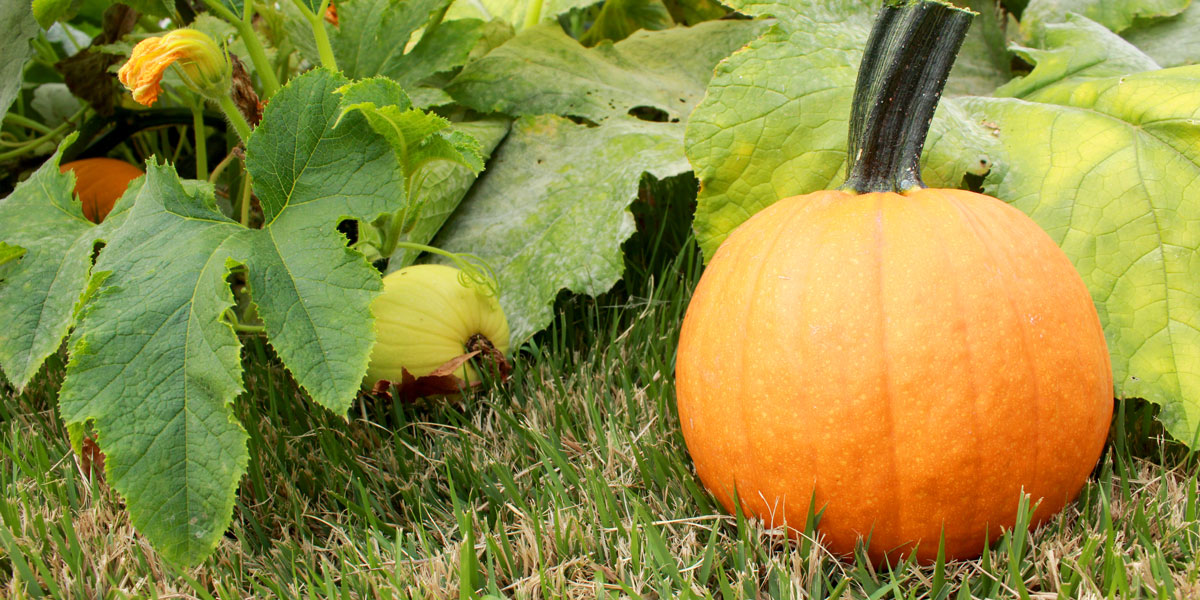
Claims of "substantial equivalence" of GM plants again shown to be false
The myth of “substantial equivalence” between GM crops and their closest non-GM relatives (called “isolines”) has taken yet another scientific hit, this time from a new peer-reviewed paper discussed in an article on the website Hygeia Analytics.
The researchers from Mexico City published their meta-analysis of genetic data on rice, canola, maize, sunflower, and pumpkin. They looked at wild, GMO, and non-GMO cultivated varieties of these five crops, analyzing phenotypic change.
The phenotype of a crop is defined by a set of characteristics expressed by the crop’s genetic code (DNA). In theory, genetically engineered plants will show phenotypic changes only linked to the traits that scientists added to the GMO in the hope that they will be expressed. For example, a corn plant engineered to express the Bt toxin should not be different from normal corn in other ways.
However, the Hygeia article says, "Genetics are complicated and unintended consequences often occur." Of the five crops analyzed in the new study, maize, pumpkin and rice showed the most variation between GMO and non-GMO cultivars. These three crops demonstrated wide variation for traits related to days to flowering, number of seeds/fruit, plant height, and pollen viability. In fact, the researchers report that for non-GMO and GMO cultivars of maize, pumpkin and rice, “almost all analyzed traits differ statistically".
A remarkable diagram in the new paper (Figure 1) shows in pictorial form the pronounced differences between the GM and non-GM cultivated plants.
The Hygeia Analytics article comments that this latest report of unintended consequences from the genetic engineering process again questions regulatory claims that GMOs are “substantially equivalent” to the original, non-GMO parent.
The new study:
Alejandra Hernández-Terán, Ana Wegier, Mariana Benítez, Rafael Lira, and Anna E. Esclaante, “Domesticated, Genetically Engineered, and Wild Plant Relatives Exhibit Unintended Phenotypic Differences: A Comparative Meta-Analysis Profiling Rice, Canola, Maize, Sunflower, and Pumpkin,” Plant Science, December 5, 2017.
https://www.frontiersin.org/articles/10.3389/fpls.2017.02030/full#B24










